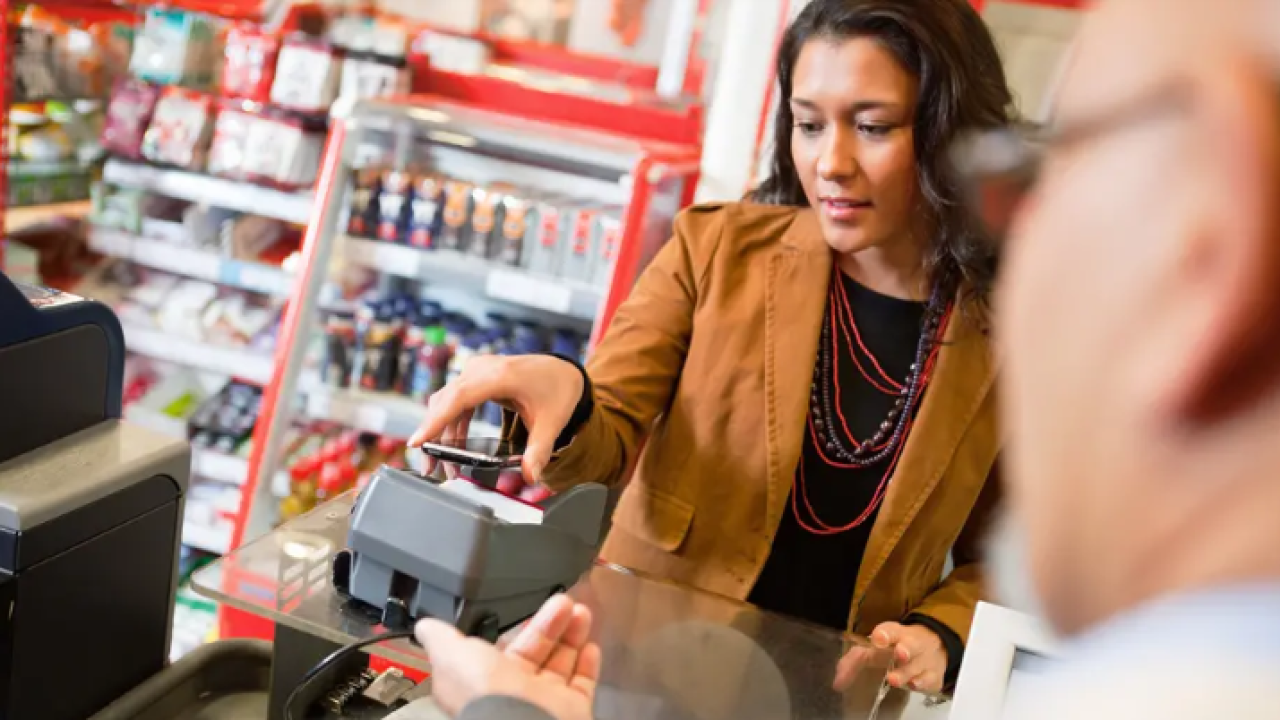
The drive towards a strategic alliance between fintech and banks emerges as the key catalyst for economic growth and financial inclusion in Latin America. With the support of data that reveals notable progress in the adoption of digital solutions, led by fintech, the region is preparing to take a significant leap towards an interconnected and collaborative regional financial ecosystem.
“ The complementarity between fintech and banks will boost financial inclusion in the region and promote its economic growth.” In this way, Marisela Alvarenga, Chief Director of the Financial Sector Division of the IDB Invest, describes the main way in which Latin Americans can access financial services.
In the last decade, countries such as Argentina, Bolivia, Brazil, Colombia, Paraguay, Peru and Venezuela have experienced notable growth in financial inclusion of more than 28% due to the rise of digital solutions led by the emergence of numerous fintech startups , according to the study 'Digital Transformation for Financial Inclusion in Latin America and the Caribbean' carried out by IDB Invest and NTT Data, with the participation of more than 50 executives from 35 financial entities such as banks, neobanks, cooperatives and microfinance institutions belonging to 16 countries .
“[ Fintech companies ] have the ability to create and come out with financial products and services in less time,” explained Alvarenga. “It is in their desire to expand them that they begin to get involved with banks and different financial institutions ( Banking as a Service ), generating greater inclusion.”
The new business model of the financial ecosystem was driven by the digitalization initiatives implemented during the pandemic, tuning in with the 50 million adults who adopted digital payments for the first time and with which by 2021 71% of the population of the region had access to bank accounts. The growth in Venezuela (51%), Brazil (41%), Costa Rica (40%) and Argentina (22%) stood out.
But despite the fact that 92% of banking entities have digital channels, 31% reported having a participation between 10% and 30%, thus underlining the need to address not only the digitalization of financial services, but also literacy. digital population.
“While there is an opportunity to offer a broader range of financial products and services ( apps , super apps and digital wallets) within financial institutions, it is crucial to address the level of internal regulations and policies,” Alvarenga highlighted.
And the next boom is an effective digital footprint at the country level.
LEAP OF FAITH
Open Banking is being launched in Colombia, which implies that the country's financial entities are adopting this approach to collaboration and open data. By connecting different APIs (Application Programming Interface), a more dynamic and flexible banking ecosystem can be created, where users can access a variety of financial services from a single platform or application, even if they come from from different banking entities.
“It's a great leap of faith ,” Alverenga said.
This trend of everything as a service would have been started by Brazil with the PIX digital instant payment system, which opened new possibilities for transactionality and facilitated access to payments between people (P2P). However, the technological transformation does not only occur in large countries, but also in small ones that are beginning to generate wallets , such as in El Salvador with N1co, and where the IDB Lab is implementing a sandbox designed to further promote the development of a entrepreneurial ecosystem and facilitate the rapid proliferation of digital solutions.
“The objective is to develop a specific value proposition for each of the customized segments,” said the executive.
For this reason, Alvarenga added, the strategy aimed at vulnerable or poorly served populations is important, where it is defined as reaching the silver economy (older adults), rural population, indigenous communities, and businesswomen.
For example, in Chile, IDB Invest provides financing to Caja Lucero, a financial entity whose portfolio is for pensioners. With COVID-19, they had the initiative to open a training and coaching module so that older people could access their financial services through phones.
INTERCONNECTED REGIONAL FINANCIAL SYSTEM
Faced with this tech boom in finance, technology companies (Rappi in Colombia and Mercado Libre in Argentina), telecommunications providers (Tigo Money in Paraguay and Claro Money in the Dominican Republic), e-commerce companies (Amazon), fintech startups (Konfío in Mexico), energy and public services companies (EPM in Colombia), remittance sending companies (PayPal, Mercado Pago), and those that make up the Gig Economy (Uber and Cabify), became the new actors and business models .
Although the distribution of platforms is concentrated in countries such as Brazil (31%), Mexico (21%) and Colombia (11%), initiatives such as interoperability within a country, such as that of Yape and Plin in Peru, until the digital ecosystem in the region is evened out.
On the other hand, given the already noted lack of use of financial services despite the advances in their access, Alvarenga emphasized the importance of education about the virtuous circle: access, creation of history, knowledge about how to use various financial products and understanding of current assets. This provides scope to explore other options for money, which leads to the growth and well-being of people.
“It is now possible for people, especially those with lower incomes, to identify in detail the history of their income and expenses,” he noted.
However, an enabling environment is needed , that is, regulation, security, ease and access, to close the circle. Only in this way will the union of the banks' database and those generated by fintech provide greater opportunities for products and services.
Regarding this, the IDB signed a Memorandum of Understanding (MOU) with the Bank for International Settlements (BIS or BIS, in English), seeking to generate forms of digital payments at the country level. This indicates that both organizations are collaborating to explore and promote digital payments solutions at the national or country level, possibly with the aim of improving efficiency, security and financial inclusion in the region.
“That would be the next boom . An interconnected regional financial system that allows interoperability, that is, the ability of different financial institutions and payment systems to communicate and work together efficiently,” Alvarenga said. “The goal is for this system to be available to the entire population, including those who move or have transnational ties.”









